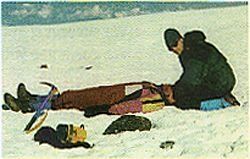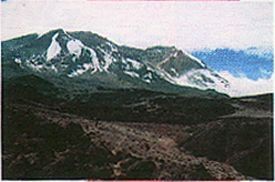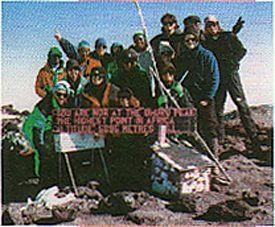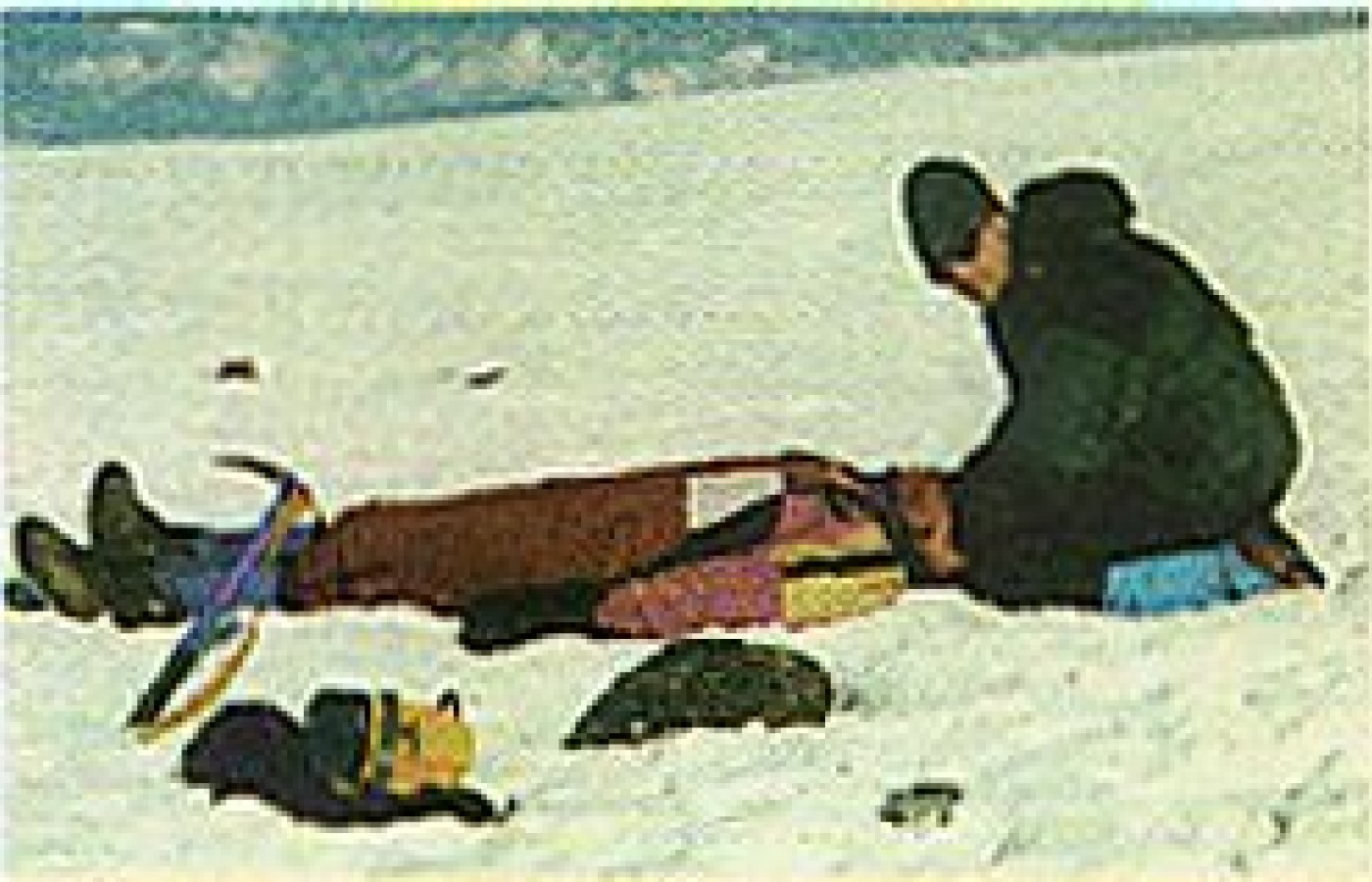Some doctors thrive in a personality-based clinic and have a loyal following no matter what services or equipment they offer, but for most chiropractic offices who are trying to grow and expand, new equipment purchases help us stay relevant and continue to service our client base in the best, most up-to-date manner possible. So, regarding equipment purchasing: should you lease, get a bank loan, or pay cash?
World's Highest Adjustment

Robert Ziegler, DC, giving an adjustment to lead guide Allan Phillemon on the summit of Mt. Kilimanjaro, 19,340 feet above sea level.

On the Kilimanjaro tundra, approach the mountain from the west.

The "I can't believe we made it, now we have to get down" photo. The sign tells the climbers they have reached Uhuru Peak, the highest point in Africa. Dr. Ziegler is in the back row, far left, extending his arm outward.
Rising above the Tanzanian plateau near the Kenyan border, looming 19,340 feet above sea level, and extending for 50 miles, is the unmistakable snow-tipped vision of Africa's highest mountain, Kilimanjaro. One of nature's most dramatic sights, one tries to imagine the emotions of the German missionaries who "discovered" its awesome majesty in 1848.
In the mountain climbing credo of New Zealander Sir Edmund Hillary, if a mountain exists you climb it, because, well, it's there. What else are you going to do with it?
That was the attitude of 11 climbers, including Robert Zielger, DC, of Jonesboro, Arkansas, who undertook the trek, assisted by 35 porters, and four guides (just to make sure no one zagged when they should have zigged).
The Kilimanjaro climb, scheduled to begin June 20, 1996, was organized by Scott Fisher, expert mountaineer and founder of the Mountain Madness Expedition Co. (appropriately named). Scott however never learned of the success of the Kilimanjaro climb. He and a number of other climbers died in a blizzard while trying to descent Mount Everest this past spring.
The Kilimanjaro climb does not require the mountaineering apparatus of an assault on Everest or the Matterhorn -- no pitons, carabiners, ropes or crampons -- just a long, hard, steep, and at times slippery climb that took the expedition eight days to attain the summit, and two days to descend.
The troop began the 60-mile climb in the jungle west of the mountain. With the mountain being only three degrees south of the equator, the climbers went from hot and humid to the cooling air of the mountain's tundra, and then the still cooler air of the glacial areas; then into the ever thinning colder air which prompts air sickness to some degree in everyone. Dr. Ziegler recalls that the night before they reached the summit, just turning over in the sleeping took one's breath away.
Dr. Ziegler reports that all the climbers and porters were treated with chiropractic. "Once they saw the effects of the treatment, they were waiting in line," he recalls. One of the climbers from the US had lower leg pain and chronic sternal pain. Dr. Ziegler's therapeutic care prompted the climber to say he would dedicate his next book to his "chiropractor on the mountain."



